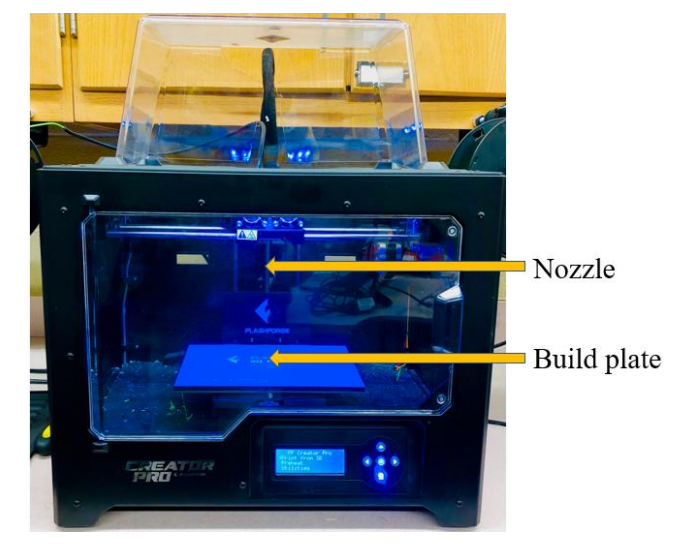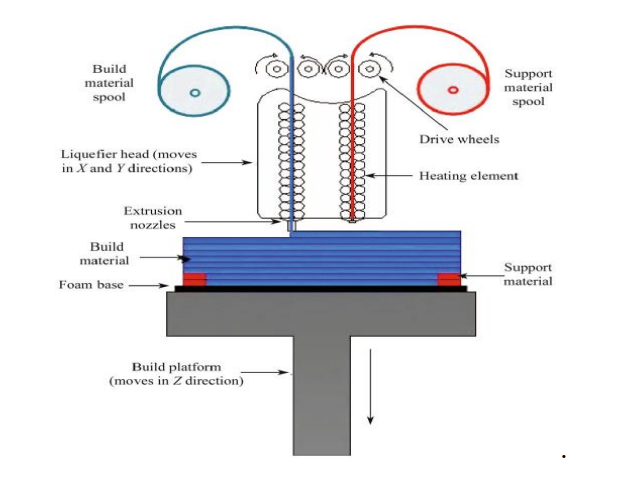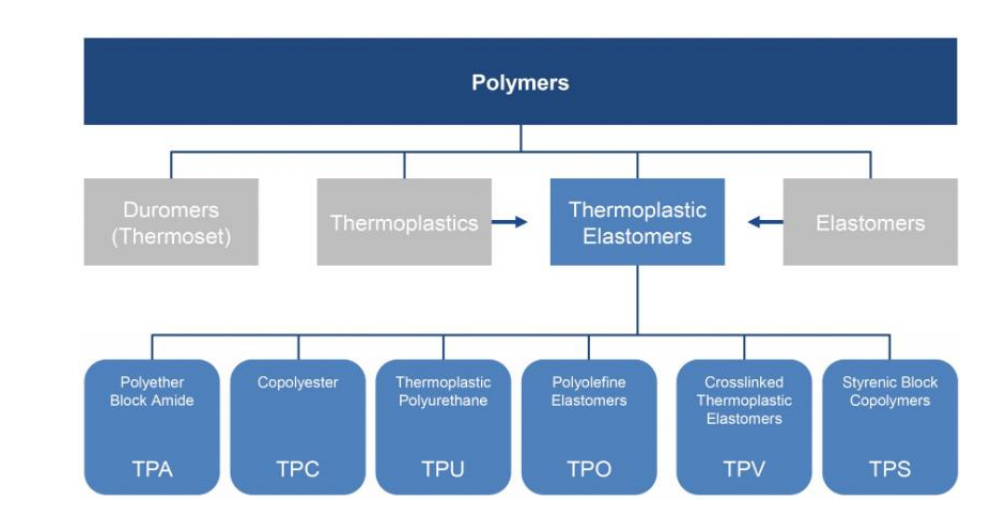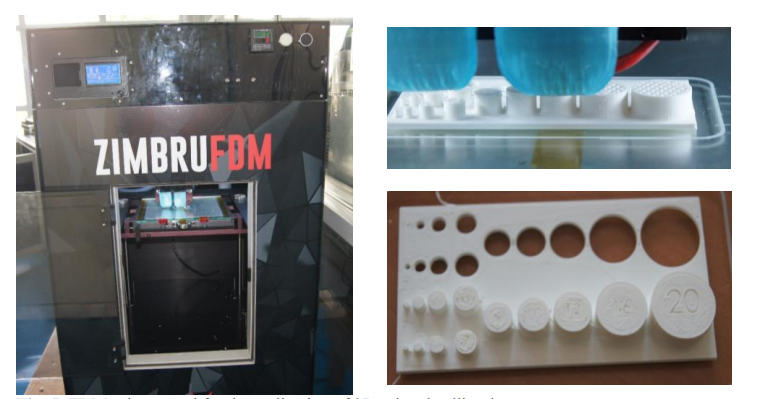In the recently published ‘Investigations on post processing of 3D printed thermoplastic polyurethane (TPU) surface,’ Abdelmadjid Boualleg has written a Master’s thesis for the Mechanical Engineering Department at Halmstad University, exploring improved use of materials in additive manufacturing.
With a focus on FDM 3D printing, Boualleg is mindful of the challenges in creating strong parts with good surface quality, investigating different methods and materials and experimenting with parameter settings and post-processing methods.
Surface quality is a topic of concern for 3D printing users today, no matter what their area of interest is—whether for industrial production, in the lab, or on the DIY maker/user level. Boualleg specifically considers laser ablation in post processing as a viable solution for refining surfaces of parts made with Thermoplastic Polyurethane (TPU). A range of settings are studied with laser ablation, including power, speed, and pulse per inch—as well as considering problems in FDM 3D printing like layering issues such as the stair-casing effect.
“Thermoplastic Polyurethane (TPU) is a very common form of elastic polymer, or elastomer, capable of being used on any properly equipped FDM 3D printer. TPU is made of a linear segmented block copolymer with mixture of soft and hard segments, 7 making it easier to extrude and use. It is a medium-strength material with very high flexibility and durability, able to withstand much higher compressive and tensile forces than its more common counter parts PLA and ABS,” states Boualleg.
The FlashForge Dreamer was used for this study, allowing for the original printhead to be replaced by a flexion extruder2 for use with test samples for TPU-70A. The Trotec Speedy 400 3 laser machine was used also.
“With the interaction of the laser beam with the material, an amount of laser energy is absorbed by the material. This heat energy is enough to cause melting of the surface peaks,” stated the researchers. “The molten mass then flows into the surface valleys and pores by surface tension, gravity and laser pressure, thus diminishing the roughness. Therefore, the speed and the effective power are the most important parameters on both surface roughness and material removal rate.”
With the addition of 3D printing, less material is used—meaning less waste, along with reduced cycle time in production and greater affordability too.
Like both plastic and rubber, TPU offers both physical and chemical property combinations for applications like auto, electrical, textile coatings, and more. TPU film is usually divided into chemical, polyester, polyether, and polycaprolactone.
Laser technology has also been used in post processing for over 30 years, specifically in modifying material surfaces like ceramic, plastic, adhesives, and a variety of metals. For this study, Boualleg experimented with a range of surfaces printed at angles of 0°, 45°, 90° and 135°. The outcome demonstrated that these build angles were suitable for melting material at peaks.
“Implementation of laser ablation technique has provided a significant improvement in surface roughness of parts manufactured by FDM,” concluded Boualleg.
“The post processing by laser ablation is an effective technique for reducing surface roughness. The fast-moving laser beam provides just enough heat energy according to the given parameters (power and speed) to cause melting of the surface peaks. The molten mass then flows into the surface valleys by surface tension, gravity and laser pressure, thus minimizing the roughness.”
Post processing is an ongoing study regarding 3D printing, from bringing greater speed and automation to 3D printing and manufacturing, along with eliminating extra steps in production.
What do you think of this news? Let us know your thoughts; join the discussion of this and other 3D printing topics at 3DPrintBoard.com.
Subscribe to Our Email Newsletter
Stay up-to-date on all the latest news from the 3D printing industry and receive information and offers from third party vendors.
Print Services
Upload your 3D Models and get them printed quickly and efficiently.
You May Also Like
Reinventing Reindustrialization: Why NAVWAR Project Manager Spencer Koroly Invented a Made-in-America 3D Printer
It has become virtually impossible to regularly follow additive manufacturing (AM) industry news and not stumble across the term “defense industrial base” (DIB), a concept encompassing all the many diverse...
Inside The Barnes Global Advisors’ Vision for a Stronger AM Ecosystem
As additive manufacturing (AM) continues to revolutionize the industrial landscape, Pittsburgh-based consultancy The Barnes Global Advisors (TBGA) is helping shape what that future looks like. As the largest independent AM...
Ruggedized: How USMC Innovation Officer Matt Pine Navigates 3D Printing in the Military
Disclaimer: Matt Pine’s views are not the views of the Department of Defense nor the U.S. Marine Corps Throughout this decade thus far, the military’s adoption of additive manufacturing (AM)...
U.S. Congress Calls Out 3D Printing in Proposal for Commercial Reserve Manufacturing Network
Last week, the U.S. House of Representatives’ Appropriations Committee moved the FY 2026 defense bill forward to the House floor. Included in the legislation is a $131 million proposal for...






































